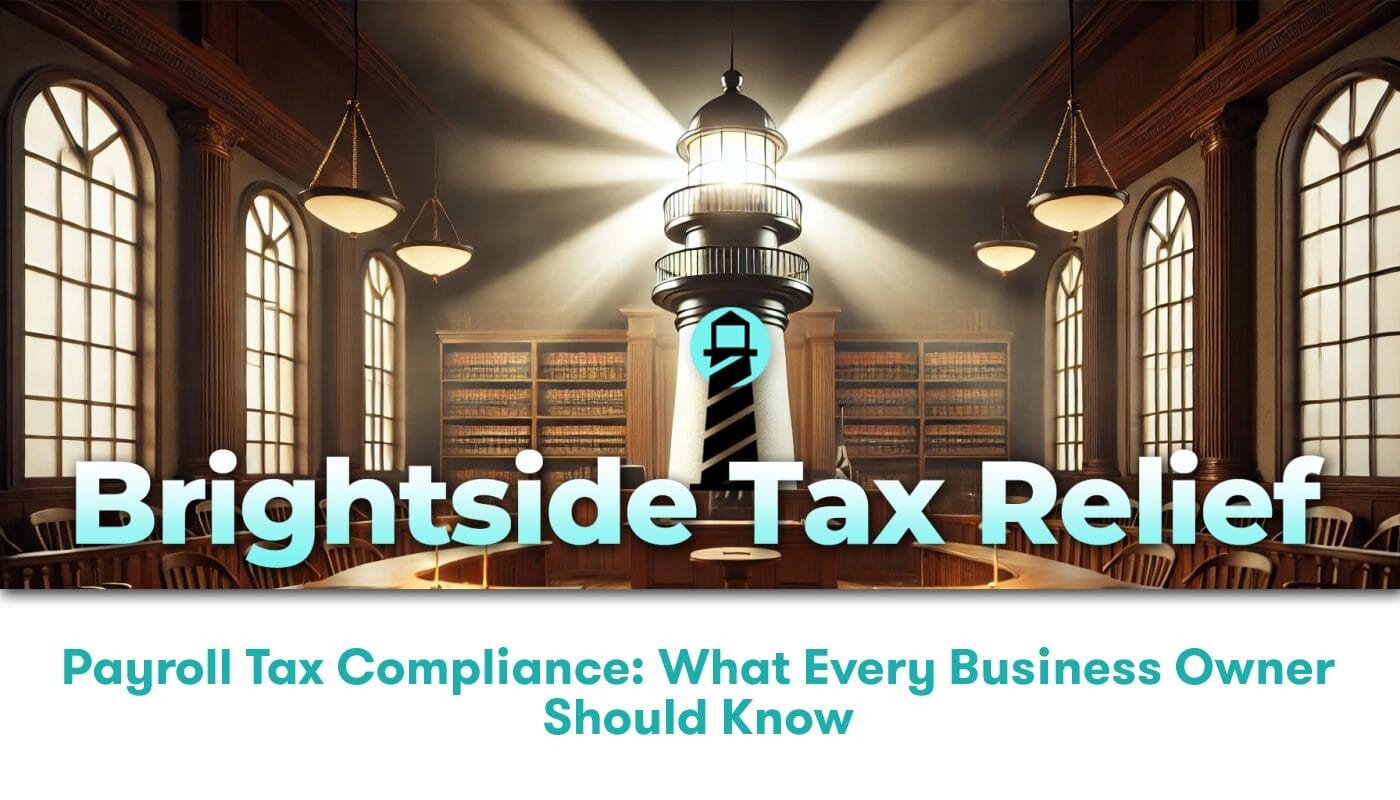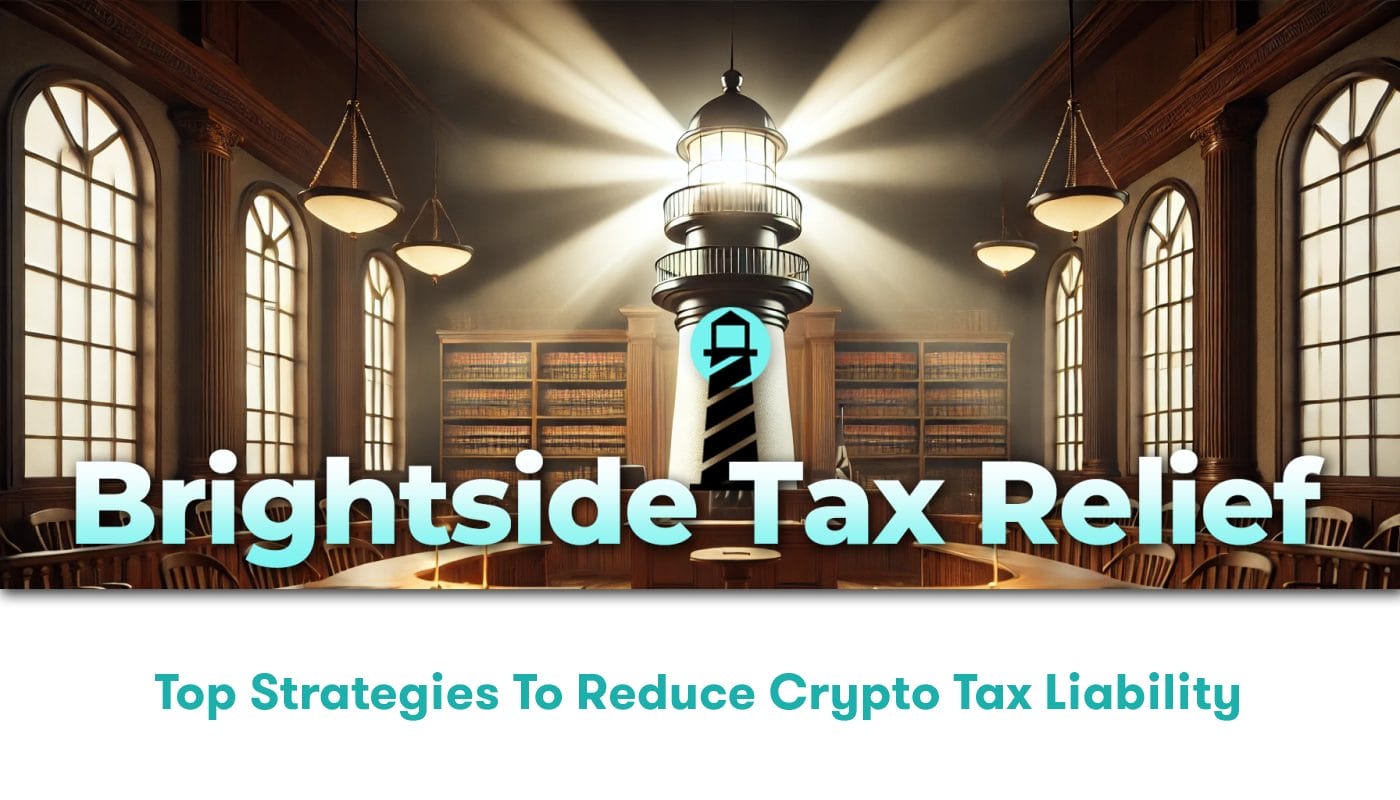Understanding Digital Asset Taxes
Digital asset investments have skyrocketed in popularity in the last decade. With advancements in blockchain technology, digital assets such as cryptocurrencies are viewed as promising investment avenues. However, as the field is relatively new, confusion and complexities abound over taxation rules and liabilities. This article will help shed some light on tax strategies for digital asset investments and how to navigate the convoluted landscape of digital asset taxes.
What are Digital Assets?
Digital assets refer to any asset that relies on cryptography, peer-to-peer networking, and decentralized blockchain technology. Examples include cryptocurrencies like Bitcoin, Ethereum, and Litecoin, or non-fungible tokens (NFTs). These assets offer many investment opportunities, but not without tax implications.
Digital Asset Taxes Explained
In the United States, the Internal Revenue Service (IRS) treats digital assets as property for tax purposes. This means that the same general tax principles that apply to property transactions, such as stocks and real estate, also apply to digital asset transactions. Therefore, cryptocurrency investors must report their digital asset investments and transactions to the IRS.
Key points to remember:
– Buying digital assets with fiat currency and holding them doesn’t trigger a taxable event in itself. However, selling, trading, or using them to purchase goods and services does.
– In case of a gain, you are subject to capital gains tax. The rate depends on how long you’ve held the asset. Short term capital gains tax applies for assets held for less than one year, and long term capital gains tax for assets held more than a year.
– Cryptocurrency-to-cryptocurrency trade is also a taxable event. For instance, if you exchange Bitcoin for Ethereum, you must report the transaction as a capital gain or loss.
The complexities as well as ever-evolving tax regulations warrant savvy tax strategies for your digital asset portfolio.
IRS guidance provides more in-depth technicalities of digital asset taxes.
Tax Strategies for Digital Asset Investments
At Brightside Tax Relief, we believe that a well-planned tax strategy is pivotal to making the most out of your digital asset investments.
Understanding the Cost-Basis Method
The IRS allows investors to use the Specific Identification method when calculating their taxes. This involves associating the sale of digital assets with the purchase, allowing investors to manipulate their tax liability. This can significantly reduce your tax bill if done correctly.
Long-Term Investment Strategy
Given that digital assets are taxed as property, long-term investment strategies could be beneficial. When digital assets are held for over a year before selling or exchanging, the tax rate applied is typically much lower than that for short-term investments.
Charitable Donations
Donating digital assets to eligible charities also serves as a tax strategy. The IRS does not consider this as a taxable event, so there are no capital gains taxes. Also, you can claim this donation as tax-deductible in the year it was made.
Loss Harvesting
Loss harvesting involves selling digital assets that have decreased in value. This allows investors to offset gains on other investments, thus reducing overall tax liability.
Recording All Transactions Diligently
Digital asset transactions can be complex and numerous, and thus can be challenging to track. It’s crucial to keep a meticulous record of all your transactions, for calculating cost basis and detecting capital gains or losses.
Consulting a Tax Professional Specialized in Digital Assets
Highlighting the importance of professional assistance, engaging with a tax professional with expertise in digital asset investments can provide personalized tax strategies based on your portfolio and latest regulatory changes.
Final Thoughts
While digital assets offer lucrative returns, they come bundled with complex tax ramifications. To maximize profits and adhere to tax obligations, understanding the specifics of digital asset taxes is vital. Whether you are a beginner or a seasoned digital asset investor, implementing a strategic tax plan for digital assets can ensure you keep more of your hard-earned income. Always remember to consult with a tax professional to avoid common pitfalls and to stay compliant with IRS regulations.
Navigating the landscape of digital asset taxes may seem daunting, but with the right strategies in place, transparency with the IRS, and continuous education, it can be effectively managed. At Brightside Tax Relief, we strive to provide sound advice and strategies tailored to your individual needs, helping you make the most of your digital asset investments.






